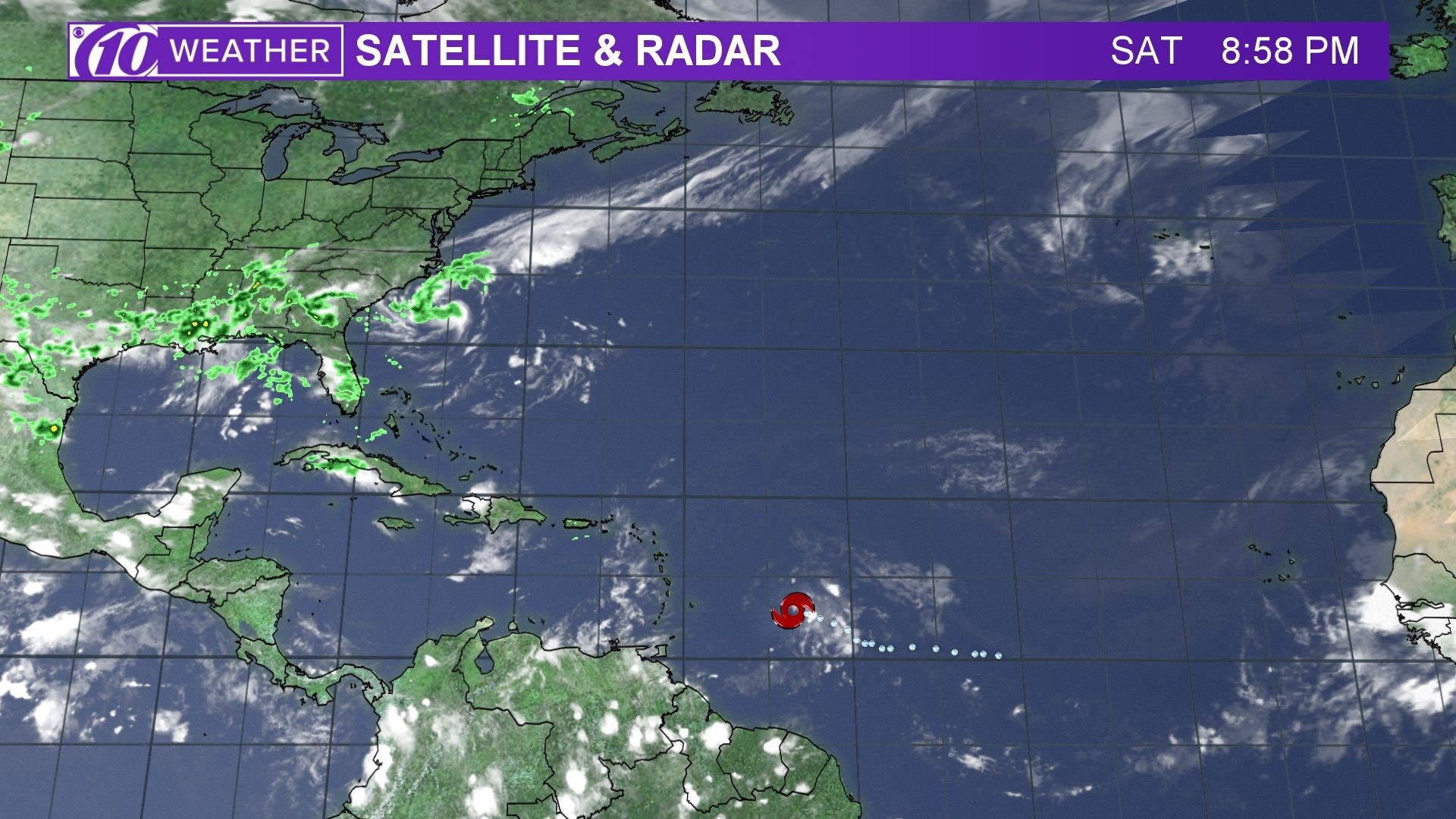Forecast Impacts

Tropical storm beryl spaghetti models – Tropical Storm Beryl is predicted to bring a range of impacts to specific geographic areas. The storm is currently forecasted to track along the southeastern coast of the United States, potentially affecting areas from Florida to North Carolina.
Tropical Storm Beryl spaghetti models are important tools for tracking the storm’s path. These models can help forecasters predict where the storm will go and how strong it will be. Beryl is expected to pass near Puerto Rico, and the beryl puerto rico page has more information on the storm’s potential impact on the island.
The spaghetti models will continue to be updated as the storm progresses, so it is important to stay informed about the latest forecasts.
Beryl is expected to bring heavy rainfall, with some areas receiving up to 10 inches of rain. This rainfall could lead to flash flooding and river flooding, especially in low-lying areas. Strong winds are also anticipated, with gusts reaching up to 60 mph. These winds could cause power outages and damage to trees and structures.
Dem tropical storm Beryl spaghetti models showin’ where she headed. You kin check out where is beryl headed to stay in da loop. But don’t forget, dese models can change, so keep a close eye on Beryl’s track.
Coastal Impacts
Coastal areas are expected to experience the most significant impacts from Beryl. The storm surge could reach up to 4 feet above normal tide levels, leading to coastal flooding and erosion. High waves and strong currents could also pose a hazard to swimmers and boaters.
Inland Impacts
Inland areas will also be affected by Beryl, primarily through heavy rainfall and strong winds. Flooding is possible in low-lying areas, and power outages could occur due to downed trees and power lines.
Model Comparisons: Tropical Storm Beryl Spaghetti Models

Spaghetti models are a collection of individual model runs used to predict the path of a tropical storm or hurricane. Each model run uses slightly different initial conditions, which can lead to different predicted tracks and intensities.
The spaghetti models for Tropical Storm Beryl show a range of possible tracks, with some models predicting a more northerly track and others predicting a more southerly track. The models also show a range of possible intensities, with some models predicting a stronger storm and others predicting a weaker storm.
Factors Influencing Model Variations
- Initial conditions: The initial conditions of a model run can have a significant impact on the predicted track and intensity of a tropical storm or hurricane. Small differences in the initial conditions can lead to large differences in the predicted outcome.
- Model physics: The physics used in a model can also affect the predicted track and intensity of a tropical storm or hurricane. Different models use different equations to represent the physical processes that occur in the atmosphere, and these differences can lead to different results.
- Ensemble size: The number of model runs in a spaghetti model can also affect the accuracy of the predictions. A larger ensemble size will generally lead to more accurate predictions, but it can also be more computationally expensive.
Historical Context

Tropical Storm Beryl is not the first storm to affect the area. In the past, several tropical storms and hurricanes have made landfall in similar regions, causing varying degrees of damage and disruption.
One notable storm is Hurricane Katrina, which devastated the Gulf Coast in 2005. Katrina was a Category 5 hurricane that brought high winds, storm surge, and flooding to the region. The storm caused widespread damage and loss of life, and it took years for the affected areas to recover.
Another significant storm is Hurricane Sandy, which hit the East Coast in 2012. Sandy was a Category 3 hurricane that brought high winds, heavy rain, and flooding to the region. The storm caused widespread power outages and transportation disruptions, and it also caused significant damage to infrastructure.
Similarities and Differences, Tropical storm beryl spaghetti models
Tropical Storm Beryl shares some similarities with previous storms that have affected the area. Like Katrina and Sandy, Beryl is expected to bring high winds, heavy rain, and flooding to the region. However, there are also some key differences between Beryl and previous storms.
One difference is the track of the storm. Beryl is expected to take a different path than Katrina and Sandy, which could mean that different areas will be affected by the storm.
Another difference is the intensity of the storm. Beryl is currently a tropical storm, but it is possible that it could strengthen into a hurricane before it makes landfall. If Beryl does strengthen into a hurricane, it could cause more damage than a tropical storm.
Lessons Learned
The historical context of Tropical Storm Beryl provides valuable lessons that can be used to prepare for the storm. One lesson is that it is important to be aware of the potential risks associated with tropical storms and hurricanes.
Another lesson is that it is important to have a plan in place in case of a storm. This plan should include evacuation routes, emergency supplies, and a way to stay informed about the storm.
Finally, it is important to remember that tropical storms and hurricanes can be deadly. It is important to take the necessary precautions to stay safe during a storm.